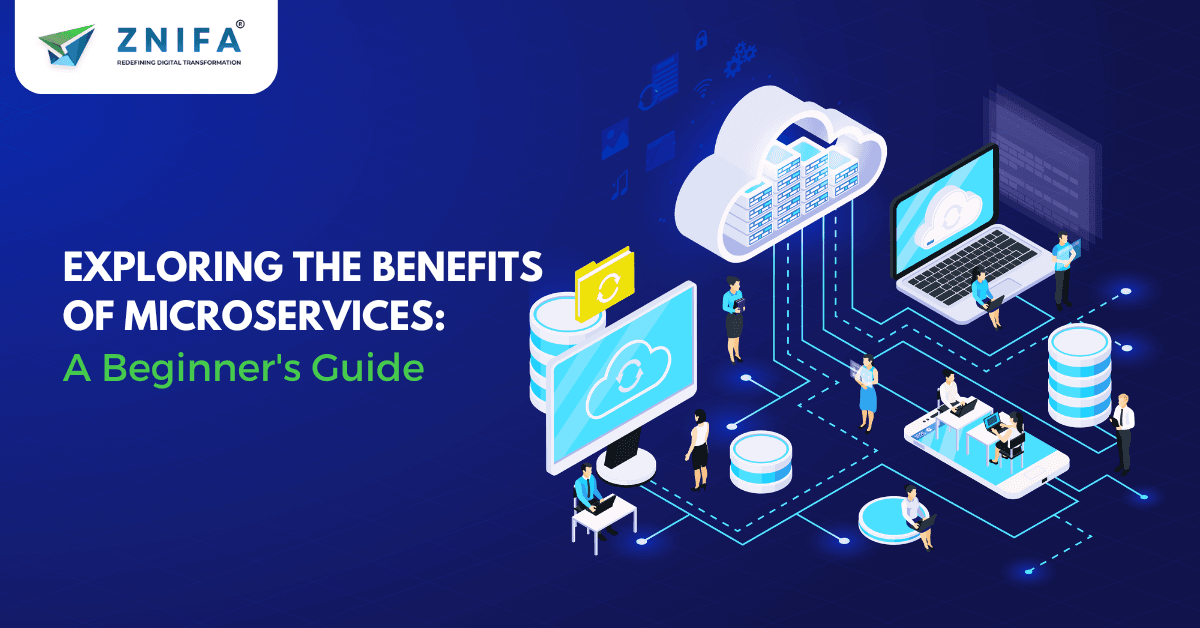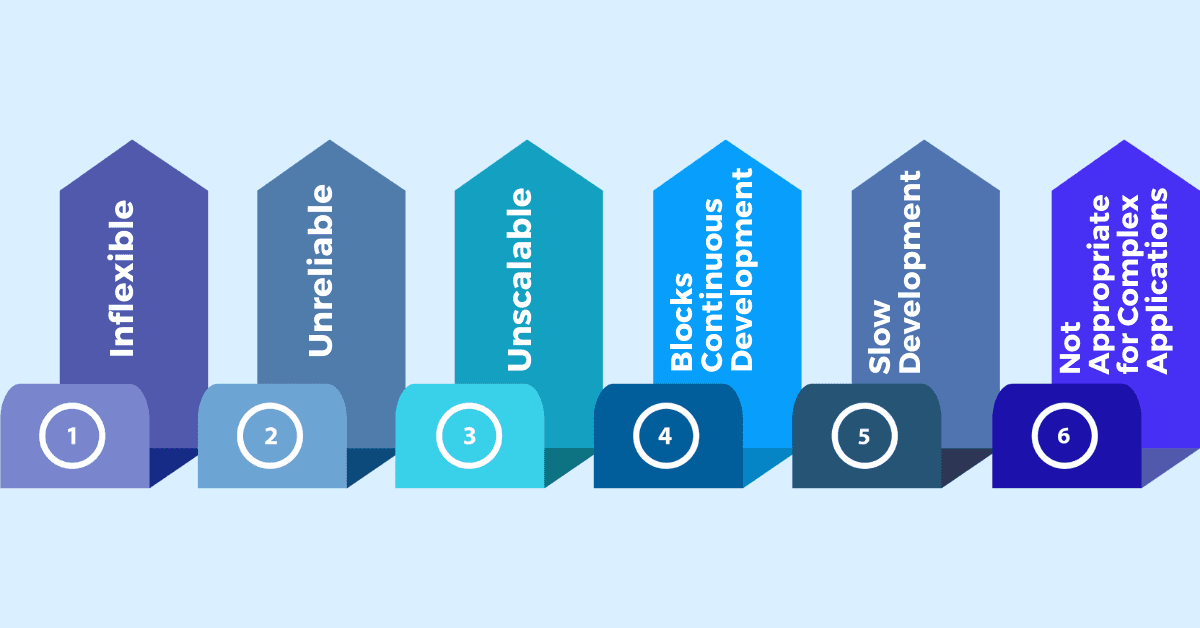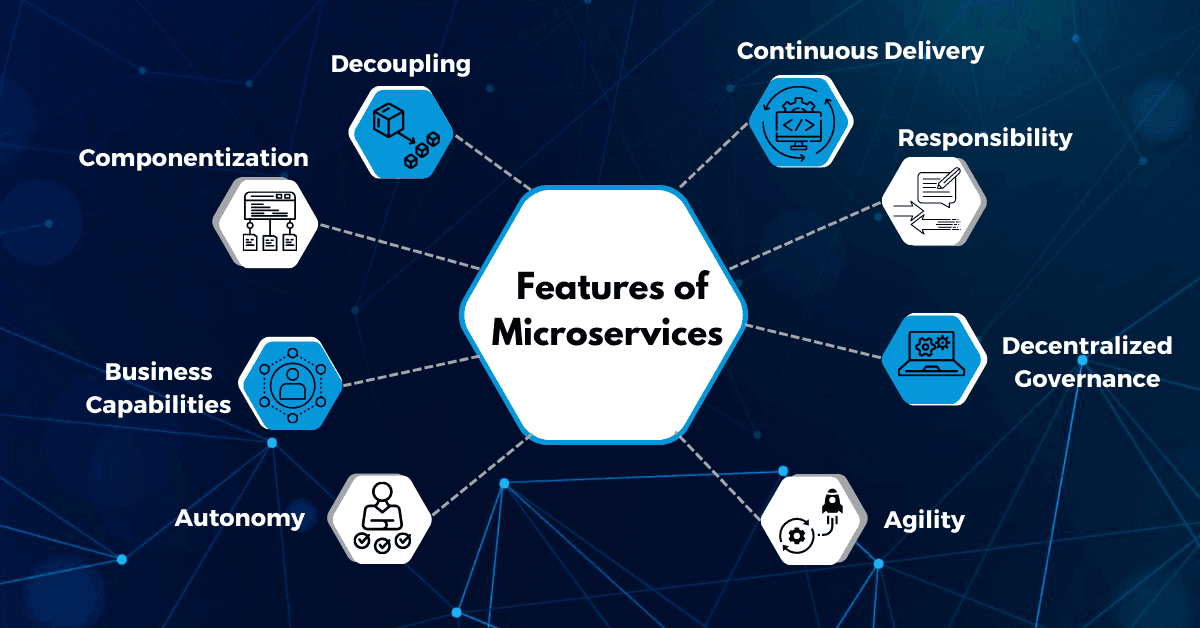
Have you ever wondered what Microservices are and how growing industries engage with them while developing apps to meet customer expectations?
You need to understand how a monolithic programme is broken into little tiny micro apps that are packaged and delivered independently to gain an understanding. This article will help you understand how developers utilise this technology to grow their apps based on their requirements. This blog serves as the foundation for Microservices.
This blog will teach you about the following topics:
Microservices were developed to address the limitations of monolithic architecture, which predominated in the market at the time, and to enable the deployment of independent services.
So, before we go into what Microservices are in plain terms, let's look at the architecture that predominated in the market at first, namely the Monolithic Architecture.
In layman's words, it's analogous to a large container in which all of the software components of an application are combined together and firmly wrapped.
The following are the difficulties associated with monolithic architecture:

Monolithic apps cannot be constructed utilising diverse technologies because they are inflexible.
If one feature of the system fails to function, the entire system fails.
Applications cannot be readily scaled because each time an application has to be changed, the entire system must be rebuilt.
Many application features cannot be produced and deployed at the same time.
Development in monolithic apps takes a long time since each feature must be implemented one after the other.
Complex application features have closely tied dependencies.
The aforementioned difficulties were the primary drivers of the emergence of microservices. So, let us now define Microservices in simple terms.
Microservices is an architectural approach in which an application is structured as a collection of tiny autonomous services based on a business domain.
Each service in the provided Architecture is self-contained and implements a particular business feature.

Within a system, services are mostly detached. As a result, the application as a whole may be simply constructed, modified, and scaled.
Entails treating microservices as independent components that can be readily changed and improved.
Microservices are extremely basic and only focus on one feature.
Entails developers and teams being able to operate independently of one another, which increases pace.
Enables frequent software releases by automating the creation, testing, and approval of software.
Microservices are not focused on applications as projects. Instead, they consider apps to be products for which they are accountable.
focuses on utilising the best tool for the job. This indicates that there is no standardised pattern or technological pattern. Developers are free to select the most useful tools to tackle their difficulties.
Any new feature may be produced fast and then abandoned.
Based on their particular functionality, every microservices may be readily built.
They may be deployed independently in any application based on their services.
Even if one of the application's services fails, the system continues to function.
Various languages and technologies can be utilised to construct various services of the same application.
Individual components can be scaled as needed; no need to scale all components at once.
Finally, the key advantages of employing microservices are:
No. 5, First Floor, 1st Cross Street, Chakrapani Street, Maduvinkarai, Guindy, Chennai - 600032
23014 Sycamore Farm Dr Clarksburg, MD, 20871
133/1, Gagarin Avenue, Bostandyk District Almaty, Republic of Kazakhstan, 050000.
A proud member of